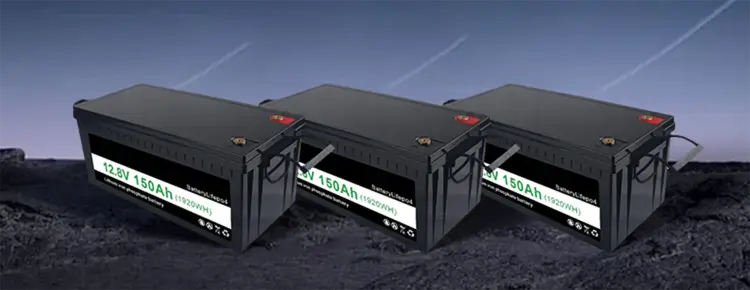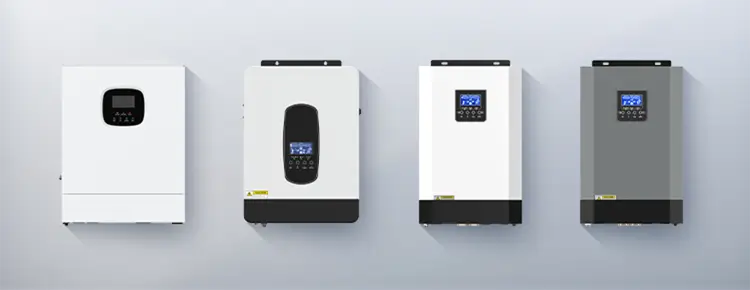



Blog
Hot Category
Latest Blog
06 Jan 2025
Nlelsen
With the popularity of electric bicycles (e-bikes), choosing a suitable battery has become the focus of many cycling enthusiasts. Among the many battery types, LiFePo4 (lithium iron phosphate) batteries and lithium-ion batteries are the two most popular choices. So, what are the advantages and disadvantages of these two batteries? Which battery is more suitable for your cycling needs? This article will answer them one by one for you.
LiFePo4 battery is an advanced lithium battery technology known for its safety and stability. Here are some of its main features:
High safety: Due to its strong chemical stability, it is not easy to catch fire or explode even under high temperature or overcharge conditions.
Ultra-long life: The number of charge and discharge cycles of LiFePo4 batteries is generally more than 2,000 times, more than twice that of traditional lithium-ion batteries.
Long-lasting performance: After long-term use, the battery capacity decays slowly and the performance remains good.
Environmentally friendly: It does not contain toxic metals and is more environmentally friendly.
Lower energy density: Compared with lithium-ion batteries, they store less power at the same weight.
Higher initial cost: LiFePo4 batteries are usually more expensive than ordinary lithium-ion batteries.
Lithium-ion batteries are currently the most widely used rechargeable batteries, and are favored for their high energy density and relatively low price.
High energy density: Provide more power at a lighter weight and smaller size, suitable for electric bicycles that pursue lightness and long battery life.
Lower cost: Lithium-ion batteries are affordable and are the first choice for consumers with limited budgets.
Mature technology: After years of research and development, lithium-ion battery technology is stable and rich in variety.
Low safety: May catch fire or explode under overcharge, short circuit or high temperature conditions.
Relatively short life: The general number of charge and discharge cycles is between 500-1000 times.

When choosing a battery, you need to consider your riding habits, budget, and safety needs. Here are some suggestions for different usage scenarios:
LiFePo4 batteries are an excellent choice, especially for those who often ride long distances or use them frequently.
Lithium-ion batteries provide satisfactory endurance performance at a lower price, making them the best choice for cost performance.
LiFePo4 batteries are safer in extreme conditions due to their stability and high temperature resistance.
LiFePo4 batteries stand out for their safety, long life and environmental protection, and are more suitable for users who need high performance.
Lithium-ion batteries are popular for their high energy density and lower prices, and are suitable for consumers who pursue lightness and affordability.
No matter which battery you choose, it is recommended that you buy a well-known brand and use and maintain the battery correctly according to the instructions to ensure safety and extend the battery life. I hope this article can help you better choose the battery that suits you and make every ride more enjoyable!